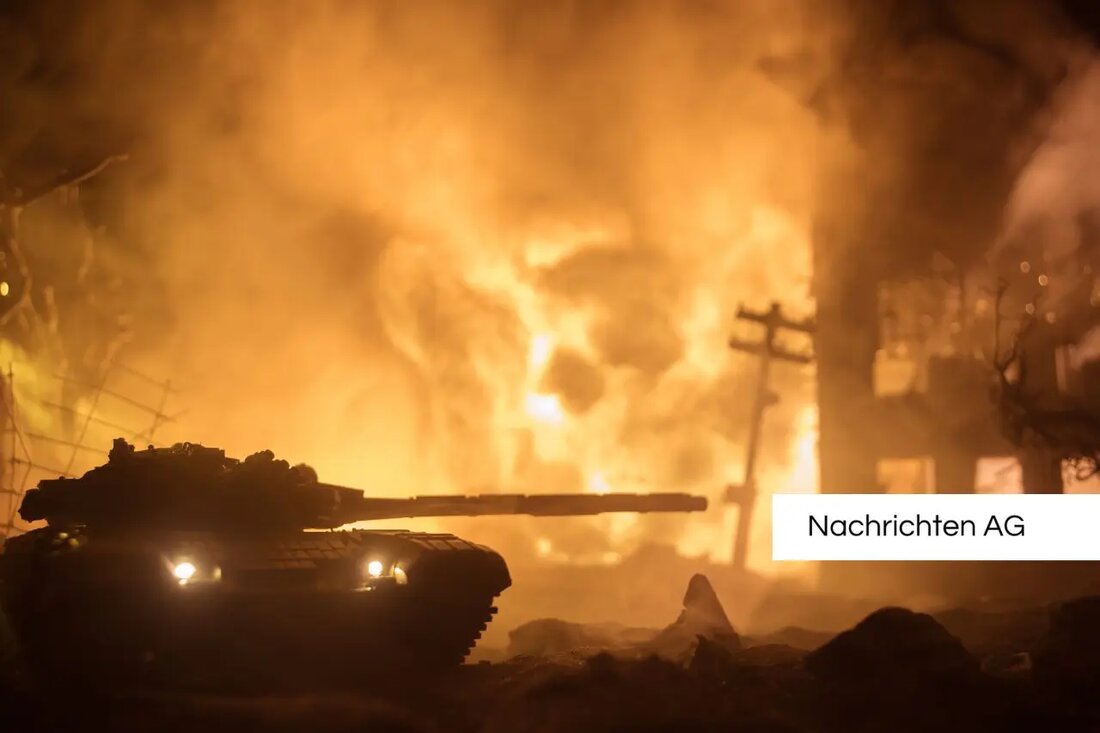War treasure in Lebach: Defused 250 kg of bomb - district district evacuated!

War treasure in Lebach: Defused 250 kg of bomb - district district evacuated!
On January 19, 2025, a uninhibited aviator bomb from the Second World War was discovered during civil engineering work on the grounds of the Graf Haeseler barracks in Lebach. It was a 250 kilogram bomb that is one of the military contaminated sites that often come to light in Germany. The city reacted immediately and announced comprehensive defusing and evacuation measures. These were necessary because such duds can be a significant danger in the soil, such as Sol.de reported.experts from the ordnance clearance service of the State Police Headquarters gave the "green light" for defusing. This Sunday, January 19, the bomb was successfully defused. The detonator was expanded and the explosive load was removed without causing incidents. Over 140 police force, fire brigade, Maltese, DRK and the THW and the Bundeswehr were involved to ensure security during the operation.
evacuation measures and civic engagement
156 houses were evacuated during the defusing, which corresponded to about 400 affected citizens. A stay was set up in the large sports hall to supply the evacuated persons. Mayor Klauspeter Brill thanked the population for timely evacuation, which contributed decisively to successful defusing. As early as May 2024, two other duds had been successfully defused in Lebach.
In Germany, an estimated between 100,000 and 300,000 tons of duds from the Second World War are in the soils. Around 5,000 of these sources of danger have to be cleared every year, whereby it should be noted that the ignition mechanisms, including the long-term and chemical-mechanical long-term liners, are often unpredictable. Many bombs have now reached an age of over 50 years, which increases the risk of self-detonations, such as ard alpha
strategies for evacuation of ordnance
The identification of these dangerous contaminated sites is carried out by analyzing aerial photographs that were made during the war. Geophysical processes including magnetometers play an important role in the search for these bombs. In Germany, tens of thousands are still hidden in the ground, and an estimated 10-15 % of the bombs dropped during the war are still not detonated. The defusing is essential at finds because many bombs have to be defused on site because the transport is considered too risky.
The different procedures in the 16 federal states to clear the ordnance makes it clear that this is a multi -layered problem that is addressed differently. The search for blind accommodation and the subsequent defusing is considered part of the past coping in Germany. In addition to the danger from the duds, there is also a risk of ammunition that was sunk in the sea after the war. An estimated 1.6 million tons of World War II ammunition are still on the sea floor and represent a serious environmental threat, such as Deutschlandfunk explained.
| Details | |
|---|---|
| Quellen | |
